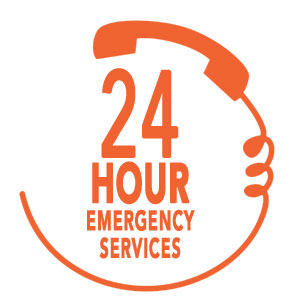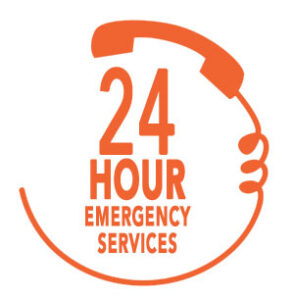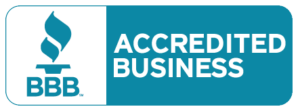Mold Remediation
Understanding Mold
Mold grows throughout the natural as well as the built environment. Tiny particles of mold are present in both indoor and outdoor air. Mold produces microscopic cells called “spores” which are extremely tiny and spread easily through the air. This is how they reproduce. Mold spores are present through the indoor and outdoor air continually. When mold spores land on a damp spot indoors, they may begin growing and digesting whatever they are growing on in order to survive. There are mold that can grow on wood, paper, carpet and foods. When excessive moisture or water accumulates indoors, mold growth will often occur, particularly if the moisture problem remains undiscovered or un-addressed. There is no practical way to eliminate all mold and mold spores in the indoor environment. The way to control indoor mold growth is to control moisture.
Ten Things You Should Know About Mold
1) Potential health effects and symptoms associated with mold exposures include allergic reactions, asthma, and other respiratory problems.
2) There is no practical way to eliminate mold and mold spores in the indoor environment; the way to control indoor mold growth is to control moisture.
3) If mold is a problem in your home or building, you must clean up the mold and eliminate sources of moisture.
4) The source of the water problem or leak must be repaired to prevent mold growth.
5) Indoor humidity must be reduced (to30-60%) to decrease mold growth by: adequately venting bathrooms, dryers, and other moisture-generating sources to the outside; using air conditioners and dehumidifiers; increasing ventilation; and using exhaust fans whenever cooking, dishwashing and cleaning.
6) Clean and dry any damp or wet building materials and furnishings within 24-48 hours to prevent mold growth.
7) Clean mold off of hard surfaces with water and detergent and dry completely.
8) Prevent condensation: reduce the potential for condensation on cold surfaces (e.g., windows, piping, exterior walls, roof or floors) by adding insulation.
9) In areas where there is a perpetual moisture problem, do not install carpeting.
10) Mold can be found almost anywhere; they can grow on virtually any substance, providing moisture is present. There are molds that can grow on wood, paper, carpet and foods.
Relative Information
Naturally occurring biological materials such as mold, fungi,and/or pollen are not regulated by any government agency. Currently mold, pollen and/or fungi have no established Threshold limit value (TLV). Threshold limit values (TLVs) are guidelines established by the American Conference of Governmental Industrial Hygienists (ACGIH). TLV’s refer to airborne concentration of substances, and represent conditions under which it is believed that nearly all workers may be repeatedly exposed without adverse health effects.
Indoor environments are dynamic Eco systems that change over time as moisture, temperature, food sources and the presence of other growing microorganisms change. Given proper moisture, temperature and substrate mold growth can occur in as little as 24-48 hours. Due to the potential for rapid growth of mold-like substances.






